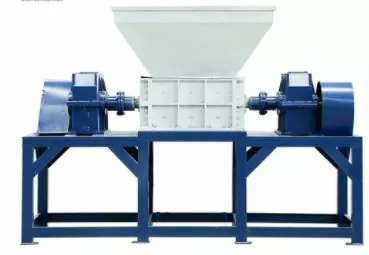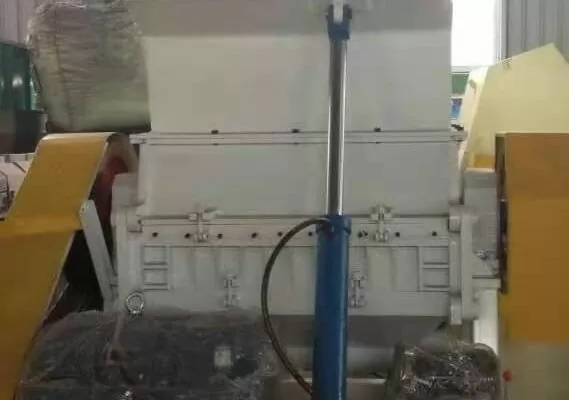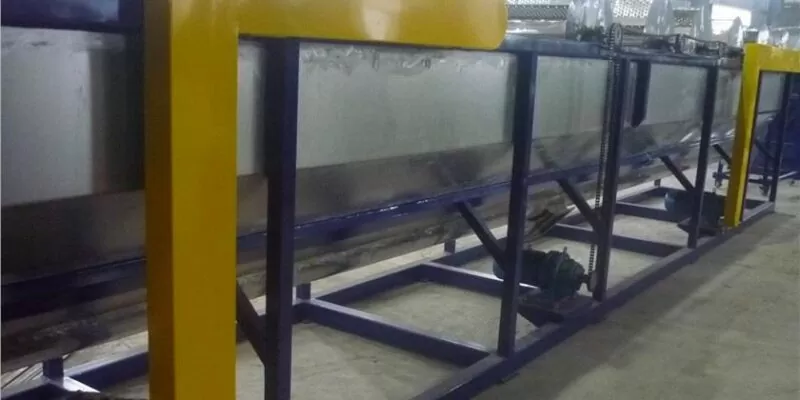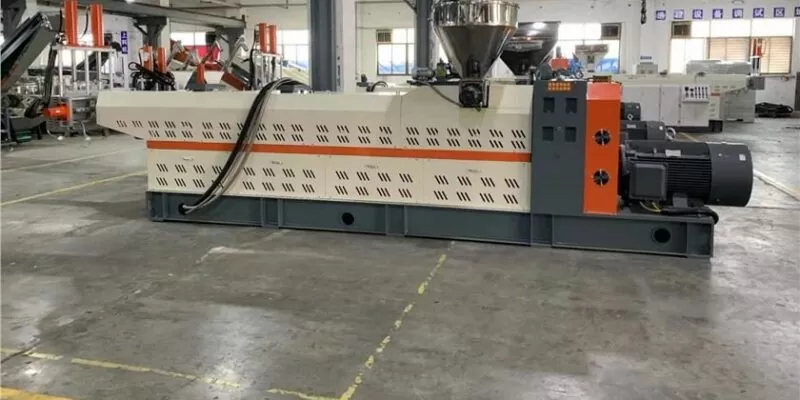I’ve wrestled with hard plastic for years. I remember the days of jagged edges and wasted material. The problem was messy cuts and frustrated hours spent trying to perfect the technique. I knew there had to be a solution. That’s when I decided to dive deep into the world of plastic cutting. I discovered methods that turned my challenges into triumphs. I felt empowered, and my work became faster and cleaner. I want to share this journey with you.
When faced with hard plastic, I recommend using a fine-toothed saw, a laser cutter, or even a scoring method for thinner materials. The key is precision and the right tool. I learned that investing in quality equipment makes all the difference. Using proper safety gear is equally crucial. I now confidently tackle projects that require crisp, clean cuts. With practice and patience, anyone can master the art of plastic cutting.
I’m excited to share what I’ve learned. Every cut is now a work of art.

I’ve experimented with various tools at Amige. As CEO, I’ve overseen projects that demanded perfection. I tested manual saws, power tools, and even water-jet cutters. Each method taught me a unique lesson. I refined techniques based on precision and efficiency. My team and I are always looking for that perfect balance between speed and quality. I believe in sharing our journey so you can benefit too.
Our workshop is filled with stories of trial and error. I often joke that hard plastic is like a stubborn puzzle piece. The right tool makes it snap into place effortlessly. I love that challenge. It keeps me on my toes and fuels innovation.
What tools are most effective for cutting hard plastic?
I’ve found that selecting the right tools is crucial. One of my favorites is the fine-toothed circular saw. This tool offers the control needed for precise cuts. It minimizes chipping and leaves a smoother edge. I also recommend a jigsaw for curved cuts. When working with thicker plastic, water-jet cutters or laser cutters can be game changers. According to data support, these machines deliver consistent results and less waste.
I often advise trying a manual scoring method for thin plastic sheets. By scoring and snapping, you achieve a near-perfect line without heavy machinery. Many hobbyists prefer this technique. I love sharing these insights. They empower you to make the right decisions based on your project needs.
My experiments over the years have been rewarding. I’ve learned that even low-tech methods have their place. It’s about understanding your material and aligning it with the right tool. As CEO of Amige, I’ve seen first-hand the transformation that the right equipment can bring to a project. I’m passionate about offering solutions that work in both small-scale and industrial applications.
I also recommend protective gear when cutting. Safety should always come first. Wearing goggles, gloves, and a dust mask is non-negotiable. Our team follows strict safety protocols. After all, a clean cut is great, but not at the expense of personal safety.
Techniques for Cutting Hard Plastic with Precision
I believe that technique is as important as the tool itself. In my early days, I struggled to achieve precision. I learned that a steady hand and consistent speed are vital. When using a circular saw, maintain a uniform pace. Let the tool work at its own rhythm. I’ve observed that rushing leads to uneven edges and potential damage. I recommend a series of light passes rather than one aggressive cut. This method reduces stress on the material and prevents cracking.

Scoring the plastic beforehand can be a game changer. For thinner sheets, lightly scoring along your desired line allows for a cleaner break. I often use a utility knife for this purpose. It might seem old-school, but it’s remarkably effective. A light touch goes a long way. I always ensure the surface is secure before scoring. This simple step enhances accuracy and safety.
I’m a firm believer in preparation. I always measure twice and cut once. Marking the plastic with a grease pencil or masking tape helps keep the line visible. I even use clamps to hold the material in place. In our Amige workshops, these small details make a huge difference. They elevate the quality of every cut, ensuring a professional finish.
My favorite tip is to use a guide or fence when making straight cuts. It stabilizes the tool and prevents deviation. This technique has saved me countless hours of rework. I encourage you to try it. For more insights, check out precision methods.
Safety Tips When Cutting Hard Plastic
I cannot stress enough the importance of safety when cutting hard plastic. I’ve seen too many mishaps that could have been avoided with proper precautions. First and foremost, I always wear my safety glasses, gloves, and a dust mask. These protect me from flying debris and harmful dust particles. The tools I use, whether they are saws or lasers, can produce sparks and sharp fragments. Trust me, you don’t want to compromise on safety.
I also ensure that my workspace is well-ventilated. Hard plastic can release fumes when cut, and inhaling these is dangerous. A clean, organized area is essential. Clutter not only poses a risk of accidents but also hampers the quality of your cuts. I’ve invested in a dedicated workshop at Amige where everything is in order. This has significantly reduced our accident rate and improved our overall efficiency.
I always take the time to read the tool’s manual. Even as an experienced professional, I learn something new with every piece of equipment. It reminds me that safety is a continuous learning process. For instance, I once discovered that adjusting the blade speed on my saw reduced the likelihood of chipping. These little adjustments matter a lot.
For additional safety measures, I refer to safety guidelines from reputable sources. I also encourage my team to attend regular safety workshops. A well-informed team is less likely to encounter hazards. My aim is not just to produce quality cuts but to foster an environment where safety is paramount. That’s the Amige way.

How to Maintain Your Cutting Tools?
I’ve learned that even the best techniques won’t shine without well-maintained tools. My workshop at Amige is a testament to that. I make it a habit to inspect my blades and replace them when necessary. Dull blades cause rough cuts and increase the risk of accidents. I always keep spare parts on hand. Preventative maintenance is the key to longevity and consistent performance.
After every project, I clean my tools meticulously. Dust and plastic residue can build up and impair functionality. I use compressed air and specialized cleaning solutions. Regular maintenance not only prolongs the life of the tools but also ensures safer operation. I often document each cleaning session to track wear and tear. This record helps me plan replacements proactively.
I also calibrate my equipment periodically. Even a slight misalignment can affect the quality of the cut. I use precision instruments to ensure everything is set perfectly. At Amige, we have a dedicated team that handles maintenance. Their expertise means our cutting machines run at peak performance all year round. For more detailed maintenance schedules, visit maintenance tips.
I recommend storing tools in a dry, secure place. Exposure to moisture can cause rust and damage. I invest in quality toolboxes and cabinets. It might seem like a small investment, but it pays off in the long run. I always emphasize that the tools are as important as the techniques used. They are the backbone of any successful project.
Frequently Asked Questions about Cutting Hard Plastic
I often get asked, “How do I choose the right tool for my project?” My answer is simple: understand your material first. Hard plastic comes in various thicknesses and compositions. A fine-toothed saw might work for one project, while a laser cutter might be necessary for another. For detailed comparisons, see tool selection.
Another common question is, “Can I use the same method for both thick and thin plastic?” The answer is not always. Thin plastic is often best handled with a scoring and snapping method. Thicker materials demand a robust approach, such as using a water-jet cutter. I advise experimenting on scrap pieces first. This practice helps you perfect the technique without wasting valuable material.
Some also wonder about the cost-effectiveness of different tools. I always stress that investing in quality equipment saves money over time. Low-quality tools might seem cheaper initially but often lead to increased waste and rework. I back this claim with data from cost analysis.
Lastly, many ask about the environmental impact of plastic cutting. I believe in sustainable practices. Whenever possible, I recycle the offcuts and use energy-efficient machinery. My goal is to balance innovation with responsibility. Feel free to check out eco-friendly practices for more insights. I strive to incorporate these practices at Amige, and I encourage you to do the same.

Real-life Applications and Success Stories
At Amige, our journey with hard plastic cutting has been full of triumphs and learning experiences. I recall a project where we had to create custom components for a client in the medical field. The requirements were exacting, and the margin for error was minimal. I personally oversaw the process. We combined the best techniques with top-notch equipment. The result was a flawless finish that exceeded our client’s expectations. For more details on similar projects, visit project success.
I also remember working on a series of prototypes for a startup in the automotive industry. They needed intricate, precise cuts for their innovative design. I suggested using a laser cutter, and it turned out to be a perfect fit. The laser not only provided accuracy but also reduced material waste. I’m proud to say that those prototypes eventually went into production. These real-life cases reinforce the importance of the right approach to hard plastic cutting.
My team’s expertise has grown with each project. We continually refine our methods. I always encourage sharing our experiences with peers and customers alike. It’s a learning process that benefits everyone. Our success stories are proof that even challenging materials can be tamed with the right blend of innovation, precision, and care.
The lessons I’ve learned are invaluable. They’re not just about tools or techniques—they’re about passion and perseverance. Every project is an opportunity to learn and improve. For more inspiring stories, check out real-life applications.
Conclusion
In short, the best way to cut hard plastic is a mix of the right tools, precision techniques, and strict safety. I hope my journey inspires your next project. Enjoy the process and stay innovative!
